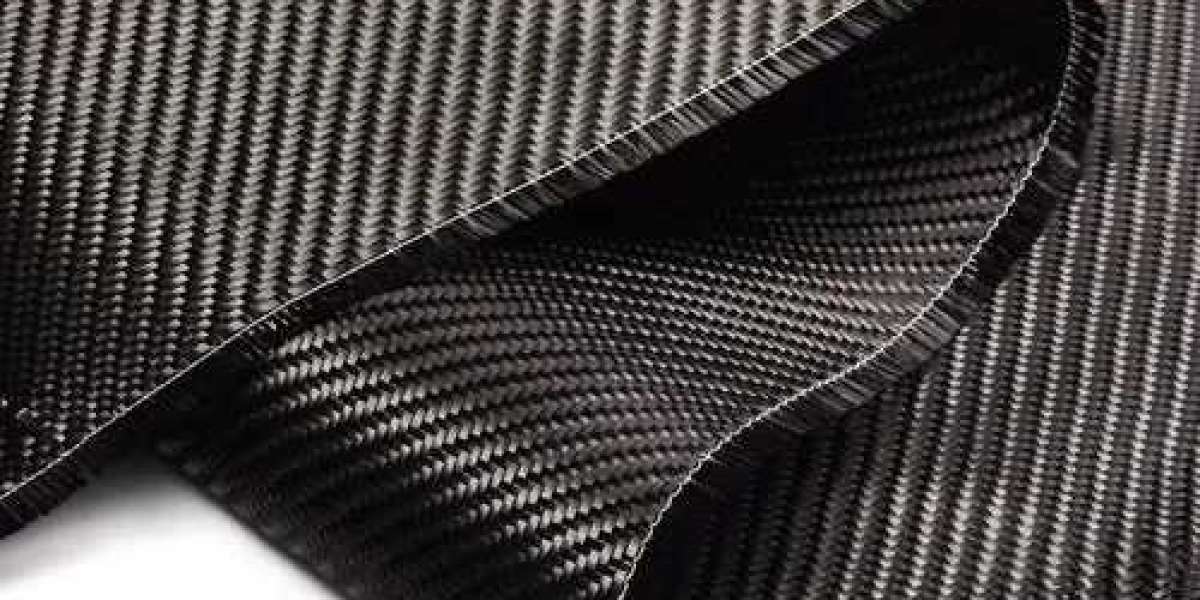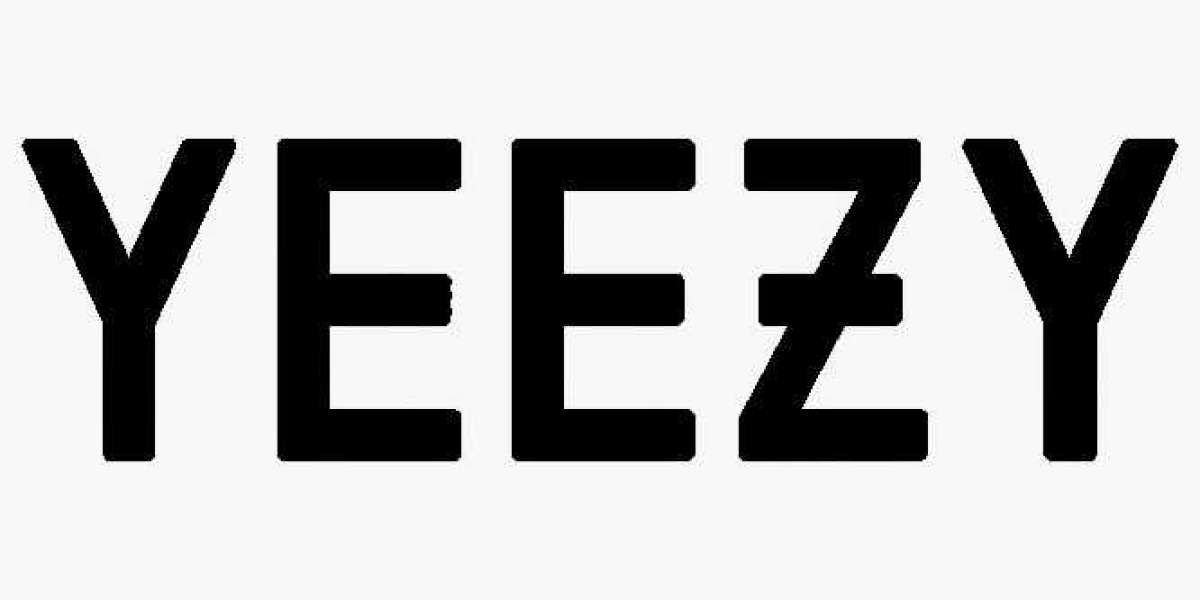Carbon fiber is transforming many industries including manufacturing, civil engineering, automation, sports, aerospace and more. Carbon fiber fabrics are manufactured by weaving thousands of individual carbon fibers together. Though only a diameter of a human hair, they are incredibly strong and stiff, but also very lightweight.
The carbon fiber fabric also known as carbon fiber cloth is available in two varieties- unidirectional and bidirectional. Unidirectional carbon fiber fabric is different from woven carbon fiber that is characteristic in bi-direction oriental fabric. This uni-direction orientation means that carbon fibers is precisely arranged in one direction. This orientation works for many purposes. To learn more about the topic in details, in this blog we’ll explore unidirectional carbon fiber fabrics.
What Is Unidirectional Carbon Fiber?
The definition for unidirectional (UD) carbon fiber is built right into the name. It is “unidirectional” simply because the fibers are not woven and move in a unified direction. These fabrics consist of carbon fibers that are all aligned in one direction. This type of fabric offers the highest strength and stiffness in the direction of the fibers. It is particular kind of handmade carbon fiber fabric that inherits the characteristics of carbon fiber. However, it must be noted that bi-directional fabric shares similar advantages and disadvantages of carbon fiber fabric. Bi-directional carbon fiber score points for aesthetic purposes as the woven design looks more appealing.
Carbon fiber fabrics are in a word, high strength. The uni-directional layout is typically twice as strong as the woven fiber. This adds to the durability. Light in weight, the fabric is incredible for various purposes. On top of that, such fiber doesn’t bend when it encounters force.
Application of Unidirectional Carbon Fiber Fabrics
Carbon fiber fabrics both bi-directional and uni-directional have a wide range of applications in industries where high strength-to-weight ratio, stiffness, rust-resistance, and durability are important.
Some of the applications include:
Retro-fitting and structural strengthening: Uni-directional carbon fiber fabrics are used for the purpose of retro-fitting and structural strengthening. These fabrics are applied to the surfaces of existing buildings, bridges, beams, columns, or slabs. They are useful to improve structural stability and durability while enhancing their load-bearing capacity and structural integrity.
Aerospace: Widely used in aircraft construction to reduce weight and improve fuel efficiency. Both bi and uni-directional fabrics are suitable options. In fact, uni-directional and bi-directional fabric are both used to further strengthen the surfaces.
Automotive: Used in high-performance cars to reduce weight and improve handling. Sport and racing cars are getting revoltionzied with the lightweight and high strength along with stability and other features/
Marine: Masts, boats and other marine vessels to reduce weight and improve performance.
Sporting goods: High-performances equipment such as bicycles, golf clubs, and tennis rackets.
Orthopedic parts: Carbon fiber has steeped into the field of medical equipment especially orthopedic parts. Catering to patients’ better mobility and chances of surgical success, the carbon fiber products lend itself to various purposes.
Other consumer products: The composite material increasingly being used in a variety of consumer products, such as electronics and furniture, for its aesthetic appeal and high strength-to-weight ratio.
Unidirectional carbon fiber fabrics are used for the purpose of strengthening structures
Advantages of Unidirectional Carbon Fiber
Carbon fiber fabric shares the typical advantages of the composite material and scores few points more. Besides, the high strength to weight ratio, here are a few notable benefits.
Enhanced Tensile Strength- The design of the carbon fiber fabric greatly enhances the tensile strength. Compared to traditional woven carbon fiber such as bidirectional fabric, UD has tensile potential at only a fraction of the weight density.
Flexibility - With unidirectional fiber, designs achieve more precision in parts and engineering. The fabric can overlap at different angles and orientations to maximize strength in different areas while being stiff and sturdy at the same time.
Now you know the benefits of unidirectional carbon fiber.
Disadvantages of carbon fiber fabrics:
High cost: Carbon fiber fabric is a relatively expensive material to produce due to the raw material, manufacturing expertise needed and even expert consultation.
Difficult to work with: The specialised manufacturing process makes it difficult to cut and shape carbon fiber fabric.
As discussed, unidirectional carbon fiber fabric is a game-changer. With its numerous advantages it is re-defining structural strengthening. NitPro Composites is a reputed manufacturer and supplier of carbon fiber products such as rods, sheets, CNC parts and more. Explore high-quality carbon fiber fabrics for all your composite needs.
Source by- https://www.atoallinks.com/2024/what-is-unidirectional-carbon-fiber-fabrics/











